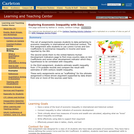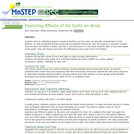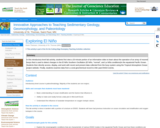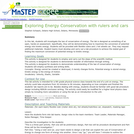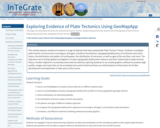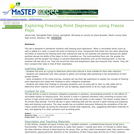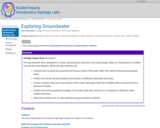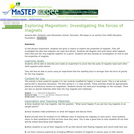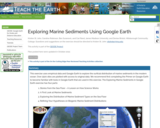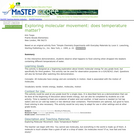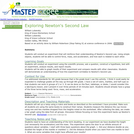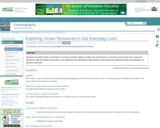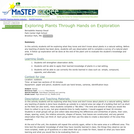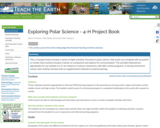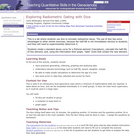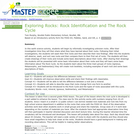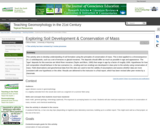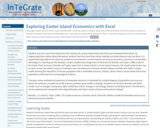
Students learn far more from doing than from viewing. By seeing relationships that they have developed themselves, by diagraming those relationships themselves, students learn far more than merely reading over what someone else has done. It is argued that especially for the dynamic problems encountered in environmental and resource economics, Excel has a comparative advantage as a learning aid. We develop a simple, flexible Excel assignment to illustrate the Brander and Taylor (1998) model of the Easter Island economy. Brander and Taylor argue that on Easter Island a crucial natural resource, the island's palm forest, was an open-access (res nullius) resource, leading to over harvesting and eventual societal collapse. Brander and Taylor's simple model showing the interaction of human population with a renewable resource, a forest, mimics what is known about the human population and forest from archaeological evidence.
The open access institutional protection of renewable resources is illustrated by a simple diagram of population and resource stock over centuries, a model much like ordinary predator-prey models in biology. Variations on the basic Brander and Taylor model, such as changes in propoerty rights institutions and/or changes in technology, based on published work in the literature, can be explored and compared to the original Brander and Taylor results of boom and eventual collapse.
Brander, J.A. and M.S. Taylor (1998). The simple economics of Easter Island: A Ricardo -- Malthus model of renewable resource use. American Economic Review
(Note: this resource was added to OER Commons as part of a batch upload of over 2,200 records. If you notice an issue with the quality of the metadata, please let us know by using the 'report' button and we will flag it for consideration.)
- Subject:
- Biology
- Career and Technical Education
- Economics
- Environmental Studies
- Life Science
- Mathematics
- Measurement and Data
- Social Science
- Statistics and Probability
- Material Type:
- Activity/Lab
- Provider:
- Science Education Resource Center (SERC) at Carleton College
- Provider Set:
- Teach the Earth
- Author:
- Morris Coats
- Date Added:
- 11/04/2021

